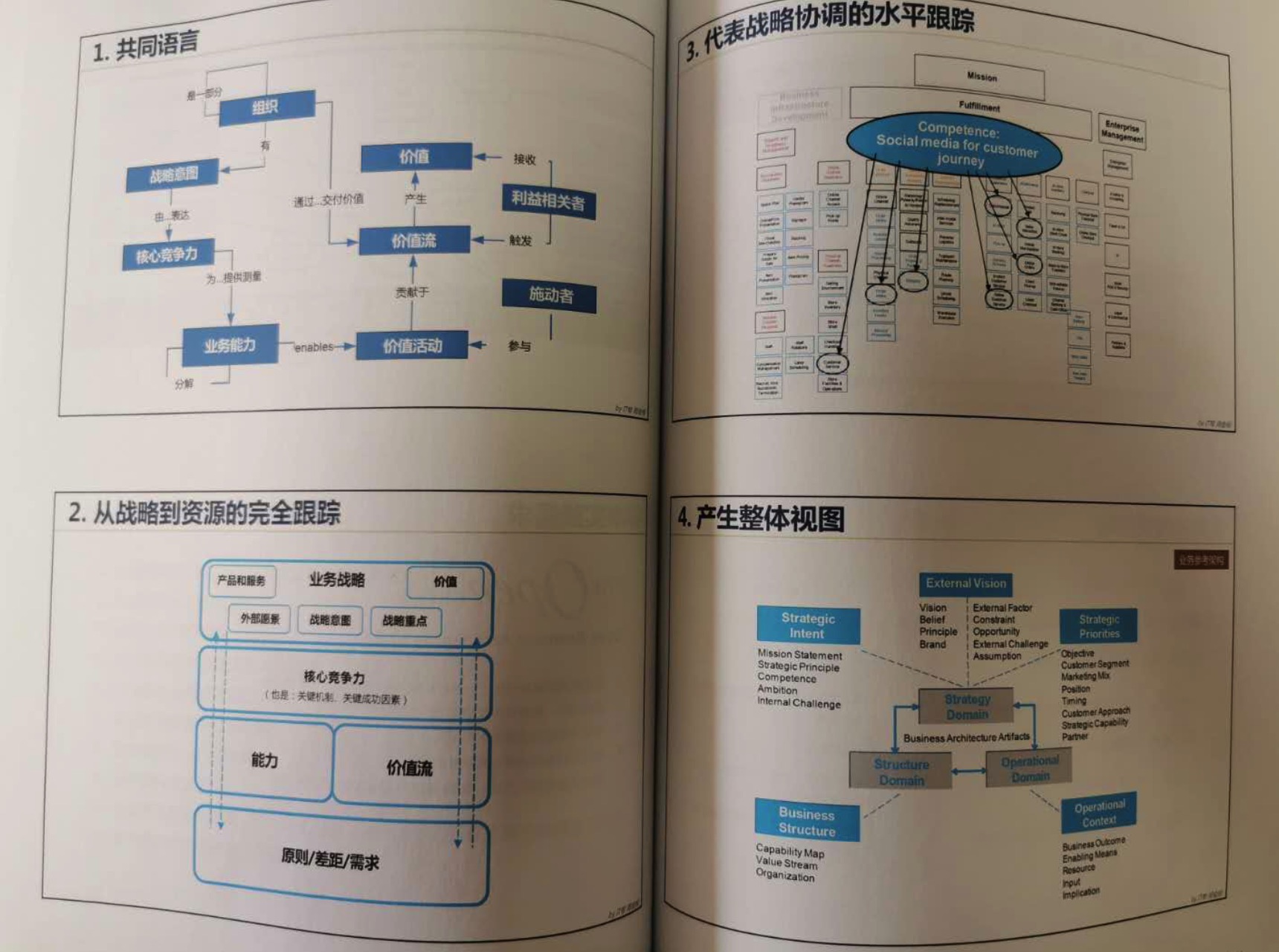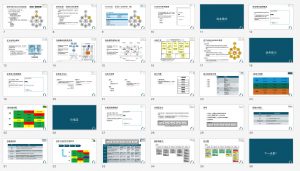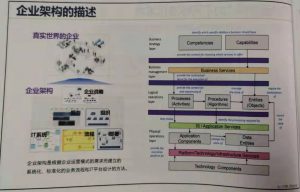With business architecture beginning to take off globally, it’s a good time to disrupt ourselves. Not how business architecture is defined or its principles or the integration points that we’ve worked so hard to build (see the BIZBOK® Guide), but how we show up as individual business architecture practitioners and collectively as teams. Simply said, success with business architecture comes not just from what we do, but from how we do it.
Why is this so important? First, business architecture is a new concept to many people and it can be abstract. In addition, the world around us has changed. Organizations are moving to Agile methods and rethinking how they structure, digital is the future, and great design is just table stakes. As a result, the way we work needs to be even more engaging and inviting in order to win friends and influence people. Not to mention, the ways of working that engage others are the same ones that help us to achieve our goals anyway, such as bringing people together toward a common vision and understanding.

We have a growing body of evidence that points us to what makes a business architecture team successful. In this Advisor, we share a few characteristics that encapsulate how successful business architecture practitioners think and act (they are summarized in Figure 1 as well).
Value-Driven
Successful business architecture practitioners are driven by business value, outcomes, and results for their customers and for their business. This means that the architecture, the models, the deliverables, the governance, and the other aspects of the practice are simply a means to the end — not an end in themselves.
Consider shifting your ways of working if:
- You define success by deliverables instead of outcomes.
- You spend more time building your business architecture knowledge base than using it.
- Governance is your main value-add.
Business-Minded
Successful business architecture practitioners emphasize the business in business architecture. They always frame conversations, opportunities, challenges, and solutions within the bigger-picture business context. They are respected as problem solvers and over time become trusted advisors.
Consider shifting your ways of working if:
- You are condoning or exacerbating a technology and solution focus during conversations, problem-solving activities, or initiatives versus reframing within a business context.
- You are primarily focused on technology and solution usage scenarios.
- You have difficulty understanding, empathizing, and communicating with business people.
Enterprise Advocates
Successful business architecture practitioners are champions for their enterprise. No one gave them that role, they just started doing it because they cared and it was the right thing to do. They relentlessly seek to create more effective end-to-end strategy execution and facilitate cross-business unit collaboration. They are stewards of enterprise direction, decision making, resources, and common language.
Consider shifting your ways of working if:
- You do not speak and think enterprise every day. You do not bring people together around a common language or connect dots or actively work to break down silos.
- You have defined your capability map, value streams, and information map at a business unit level. (They should all have an enterprise lens.)
- You are primarily focused on usage scenarios that involve only one business unit with limited cross-business unit collaboration.
Bridge Builders
Successful business architecture practitioners know that it takes an ecosystem of teams to translate strategy into action and run an organization successfully. While they perform unique responsibilities as business architects, they also build close partnerships with others because they realize their own success — and the success of the enterprise — depends on making others successful.
Consider shifting your ways of working if:
- You have not inventoried every related team and are actively working to build partnerships.
- You think you might be working too independently and perceived as “ivory tower.”
Visualizers and Storytellers
Successful business architecture practitioners are masters at simplifying, visualizing, and explaining complex concepts and showing new connections. They leverage the power of visual techniques such as graphic recording and graphic facilitation to bring people together and incite action. They are storytellers and change agents for new ideas.
Consider shifting your ways of working if:
- You are not leveraging graphics and other communication mediums to effectively convey key messages and content. (Detailed, overly technical diagrams do not always resonate with business people or executives.)
- You think of yourself as someone who provides deliverables and inputs, but not as a change agent.
Interactive Co-Creators
Successful business architecture practitioners are hands-on and interactive. They facilitate and co-create outcomes together with business stakeholders and partners.
Consider shifting your ways of working if:
- Your meetings are mostly conversations and viewing screens versus active, tactile, and visual facilitation.
- You primarily do the work and show it to stakeholders versus co-creating together.
Iterative and Adaptive
After the business architecture baseline is established, successful business architecture practitioners build just enough business architecture, just in time to support the business scenario that they are focused on. They deliver results quickly and iteratively and adapt their approaches and outputs to the needs of each specific situation.
Consider shifting your ways of working if:
- Any business architecture engagement takes a long time and focuses on following steps and creating deliverables.
- You are using an if-we-build-it-they-will-come approach to building your business architecture knowledge base versus just enough, just in time (after the baseline is in place) with a focus on delivering continual business value.

(Copyright: S2E Transformation Inc.)
So where do we go from here? Wherever you are on your business architecture journey, it is a good time to reflect on your own ways of working and make some changes where necessary. Discuss these ideas with your business architecture team and develop your own set of business architecture principles or imperatives that describe how you think act and be perceived by others. Recognize team members when they demonstrate the principles/imperatives and hold them accountable when they don’t. Use them to bring new team members up to speed.
Embracing the characteristics described above along with any you create, will go a long way in ensuring that business architecture is perceived as the value-added, strategic discipline that it is. In addition, effective and relevant ways of working can earn us seats at the right tables, which ultimately allows us to create much more impact for our organizations where they need us most.
转:Be the Change: Disrupting Business Architecture
https://www.cutter.com/article/disrupting-business-architecture-505506

